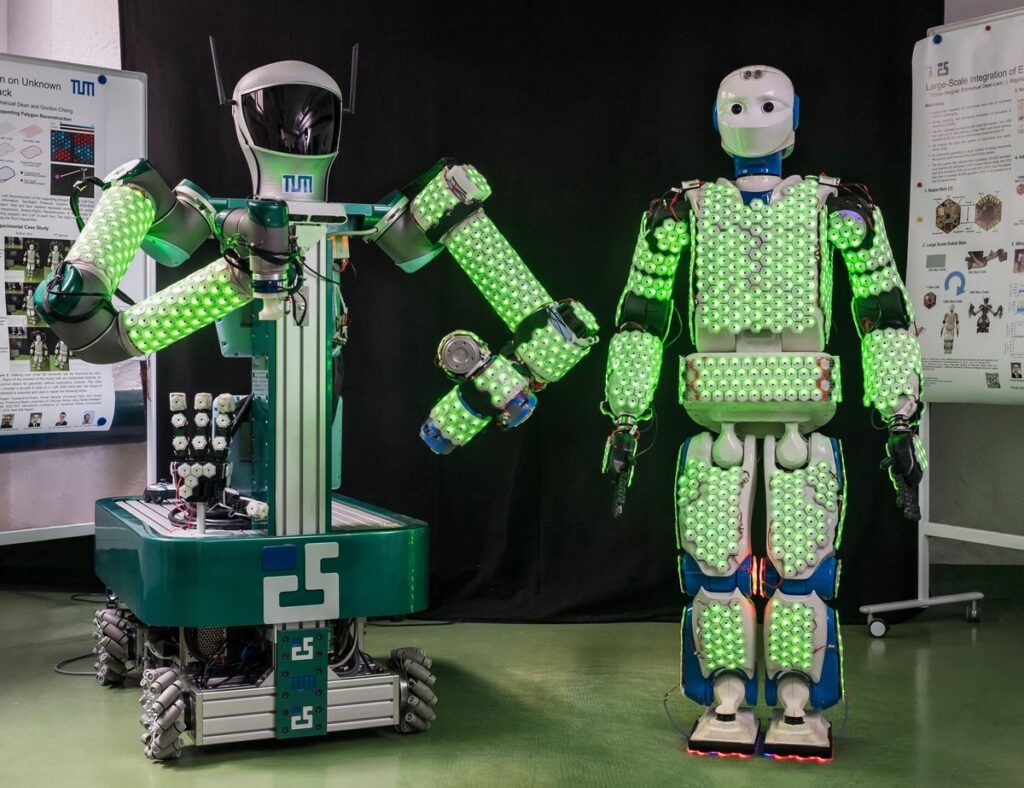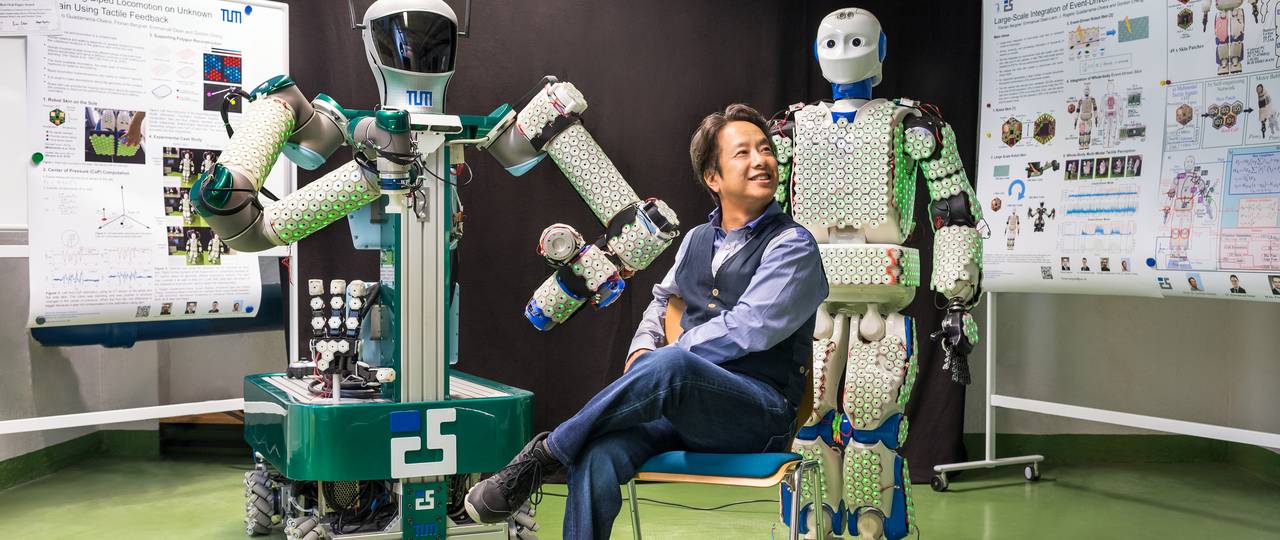While training a paraplegic patient with the exoskeleton in his office as part of the “Walk Again” project, Prof. Gordon Cheng (Institute of Cognitive Systems, ICS, Germany) was surprised. Patients regained some degree of control over leg movement. Not a small surprise.
It was 2016, and it was just the beginning. Four years later, none of those patients are still able to walk freely and without help, but the path is clear. Robotics can not only help people with disabilities, but can even aid the healing process.
In robotics and neuroscience, man has seen two tips of what could be a single iceberg underwater.
To develop better medical devices, we need to dig deeper to understand how the brain works and how to translate it into the language of robotics.
Close the circuit between the brain and the machine
In their article published in “Science Robotics” this month, Cheng and his colleague Prof. Nicolelis, a leading expert in neuroscience and in particular in the area of human-machine interface, argue that we need to overcome some key challenges to advance towards the fusion of neuroscience and robotics. One of these is “closing the circuit between the brain and the machine”.
What do they mean by this?
The idea is that the coupling between the brain and the machine will work if the brain thinks of the machine as an extension of the body.
Let's take the guide as an example. While driving a car, we don't constantly think about our actions, do we? But we still don't know how it really works.
Well, the theory of the two scholars is that the brain somehow adapts to the car just as if it were an extension of the body. With this general idea in mind, it would be great to have an exoskeleton considered by the brain in the same way.
How can this be achieved in practice?
The exoskeleton that Cheng has used for his research so far is actually just a large piece of metal, quite bulky for the wearer.
It will be necessary to develop a “soft” exoskeleton, something to be worn simply like a piece of clothing that can both sense the user's movement intentions and provide instant feedback.
Recent advances in brain-machine interfaces would allow the seamless adaptation of such exoskeletons to the needs of individual users. Given recent technological advances and a better understanding of how decode the user's momentary brain activity, the time is ripe for their integration into more human-centered or, rather, brain-centered solutions.
What else would be missing? A more realistic functional model for both disciplines.
To lower the threshold of robotics and encourage its use in neuroscience, we therefore need robots that are closer to human structure and behavior. This is why we need more realistic functional models, which means robots should be able to imitate human characteristics.

Let's take the example of humanoid robots powered by artificial muscles, or equipped with "skin", like those that Cheng has been experimenting for years. This natural muscle-mimicking construction instead of traditional motorized activation would provide neuroscientists with a more realistic model for their studies.
It is one of many possible examples of win-win situations that will facilitate better cooperation between neuroscience and robotics in the future.
Neuroscience and robotics: a task force
Cheng and Nicolelis are not alone in the mission to overcome these challenges. In Germany a first and only of its kind Elite Graduate in Neuroengineering program combines experimental and theoretical neuroscience with in-depth engineering training, and brings together the best students in the field.
Versatility training will be a crucial factor. Combining the two disciplines of robotics and neuroscience is a difficult exercise, which is why we need to teach students to think broadly and transversely, to find unimaginable solutions.
The future starts from a new scientific community and a new culture in the field of engineering and robotics.
This is where robotics and neuroscience meet underwater, the two tips of the same iceberg.
In education.
References: Gordon Cheng, Stefan K. Ehrlich, Mikhail Lebedev, Miguel AL Nicolelis. Science Robotics, 2020; 5 (49): eabd1911 DOI: 10.1126/scirobotics.abd1911


